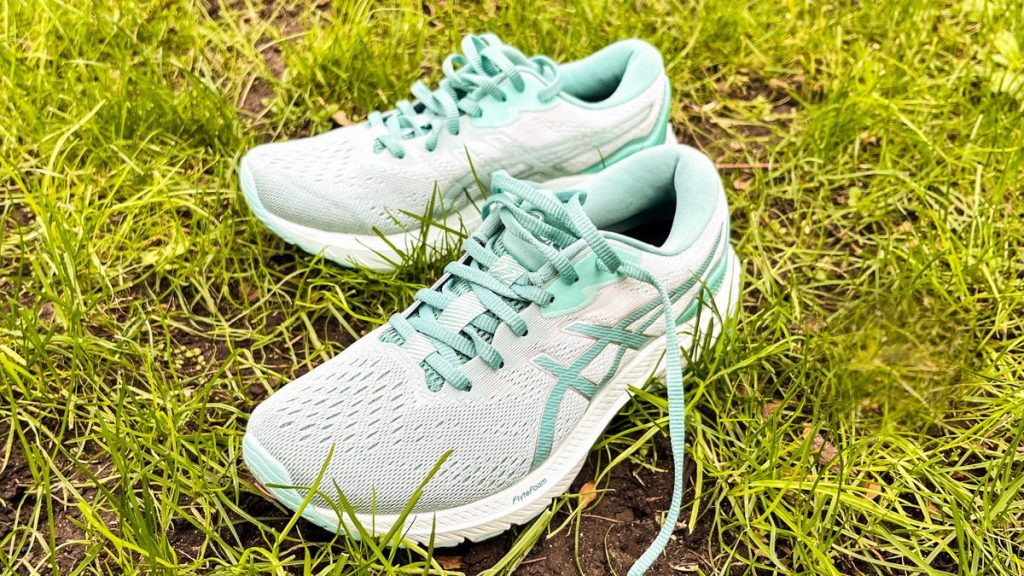When it comes to choosing the right walking shoe, it’s important to prioritize comfort and support over style. Pooja Shah, a podiatrist, recommends starting with a neutral shoe that has a deep heel seat and good heel cushion to support the load while walking. It’s crucial that the shoes fit true to size to avoid discomfort, imbalance, and potential injuries such as blisters. Pay attention to the heel-to-toe drop, with high drops recommended for heel strikers and those with Achilles tendon issues, and lower drops for midfoot or forefoot strikers. Flexibility and weight should also be considered, with a balance needed for support and comfort during various activities. Look for shoes with mesh fabric for proper ventilation during exercise.
Understanding your gait type can also help in selecting the appropriate walking shoe. Overpronation, where the foot rolls inward excessively, can lead to flat feet and may require wide shoes with arch support. Underpronation, or supination, occurs when the foot doesn’t roll inward enough, often seen in people with high arches, and may benefit from shoes with a wide toe box. Neutral pronation, where the foot naturally rolls inward 15%, is considered normal and requires less specific shoe features to support the foot strike and shock absorption. Custom orthotics may be recommended for individuals with severe overpronation or supination to provide additional support and alignment for the foot.
In addition to choosing the right type of shoe for your gait, it’s important to consider the fit and features that will provide optimal support and comfort during walking or running activities. Shah advises against extremely lightweight and flexible shoes, as they may not offer enough support for the midfoot. A balance between flexibility and weight is key to maintaining stability and preventing injury during exercise. When trying on shoes, ensure there is enough support under the heel to reduce strain on the Achilles muscle. Proper ventilation is also important, so look for shoes with mesh fabric in the upper to allow air circulation and keep your feet cool and dry.
When selecting walking shoes, it’s helpful to consult with a podiatrist to assess your specific foot needs and gait type. Custom orthotics may be recommended for individuals with severe overpronation or supination to correct alignment and provide additional support. Understanding the terms related to gait, such as overpronation, underpronation, and neutral pronation, can help you identify the type of shoe that will best support your foot strike and prevent potential issues such as flat feet or high arches. By prioritizing comfort, support, and proper fit, you can choose the right walking shoe for your feet to ensure a comfortable and injury-free walking or running experience.
Overall, when selecting walking shoes, prioritize comfort, support, and fit over style. Consult with a podiatrist to assess your specific foot needs and gait type, and consider custom orthotics for severe pronation issues. Look for shoes with features such as a deep heel seat, heel cushion, and proper ventilation to support your feet during walking or running activities. Balance flexibility and weight to ensure adequate support and stability, and choose a shoe that fits true to size to prevent discomfort and potential injuries. Understanding your gait type and selecting the appropriate shoe based on overpronation, underpronation, or neutral pronation can help you maintain proper alignment and prevent issues like flat feet or high arches. By following these guidelines, you can choose the right walking shoe for your feet and enjoy a comfortable and injury-free walking experience.


